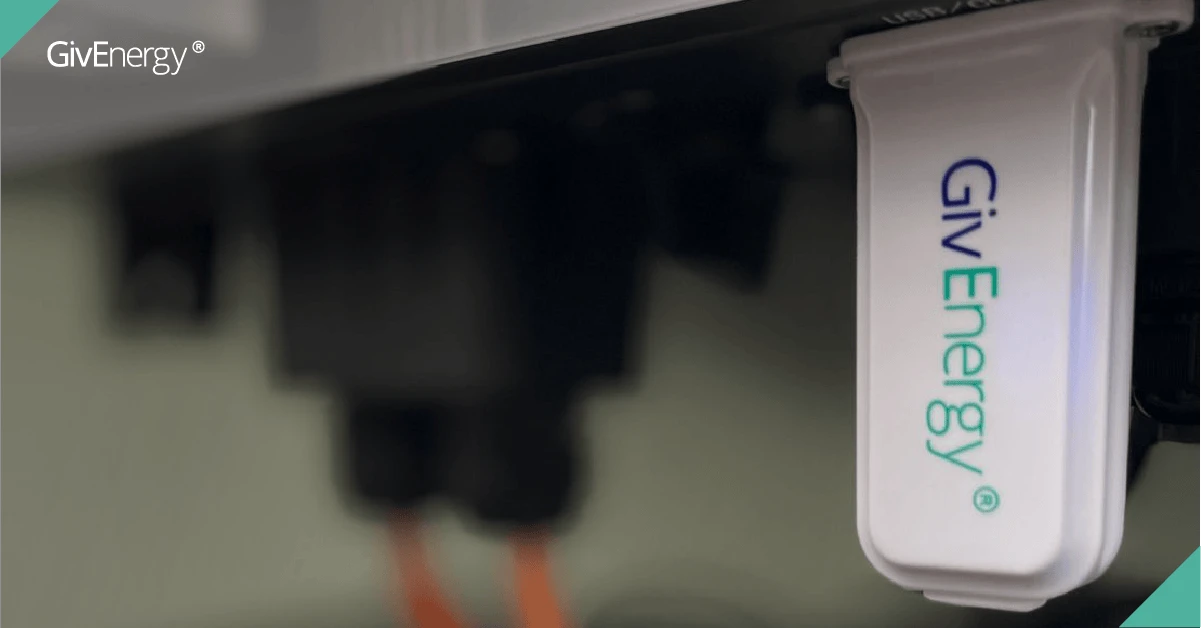Maybe you’ve seen the term ‘depth of discharge’ used on our website, on a battery datasheet, or elsewhere while investigating home battery storage. However, it’s not obvious to a layman just what the term means.
Depth of discharge, or DoD, is a factor you’ll absolutely need to consider when choosing which home storage battery is right for you. So, what is DoD?
Let’s break it down.
Depth of discharge vs battery capacity
It’s easy to confuse depth of discharge with ‘battery capacity’.
Battery capacity is the total amount of power your battery has when it is charged to 100%.
The issue is, you can’t always use 100% of energy from the battery without damaging it. So, depth of discharge gives you a percentage of how much energy you can use safely — without hurting the battery life.
For example, if a battery had 60% depth of discharge, you’d only be able to use 60% of the total capacity. That means that if you had a 12kWh battery, you’d only have 7.2kWh to work with.
Another way to look at it is to think of installing a new hard drive on a computer. Even if you have a large hard drive – let’s say 1000 gigabytes – you can only use so much space for storage, as your system needs enough space to run the hard drive in the first place. If the hard drive used 10% to run, the computer would only technically have 900 gigabytes free, rather than the full 1000.
So, now that we’ve covered the basics, why is it important for you to know about depth of discharge?



Why is DoD important?
When you use a battery, especially a rechargeable one, it goes through a process where it slowly loses its ability to hold as much electricity over time. If you keep fully draining your battery, it can wear out faster and may not work as well in the long run. But if you use only some of its stored electricity, it can last longer and perform better over time.
This, then, is why depth of discharge is so important when looking for a high-quality home storage battery. The higher your DoD, the more energy you can actually use from that battery’s total capacity before it needs to be recharged.
After all, who wants a battery you can only use a small percentage of?
What DoD should you be looking for?
We recommend opting for a battery with a minimum DoD of 80%. A battery with 80% depth of discharge will typically be a more budget option, but will still offer solid practicality in terms of your day to day usage.
One thing you should definitely factor in is your desired energy needs. For example, let’s say you want to have 10 kWh of energy available from your battery storage system. If the battery you’re looking at only has a recommended DoD limit of 80%, it must have a total capacity of 12kWh in order to meet your needs.
TL;DR: Depth of discharge
So, what is DoD?
Depth of discharge tells you how much of a battery can safely be used in each cycle, compared to the total power capacity the battery has in the first place. (That is, without affecting the amount of energy the battery can hold over its lifetime.)
Our GivEnergy batteries have DoDs that begin from 80%, going right up to 100% for our more premium options. To do more digging, explore our range here: https://givenergy.co.uk/products/battery-storage/.










